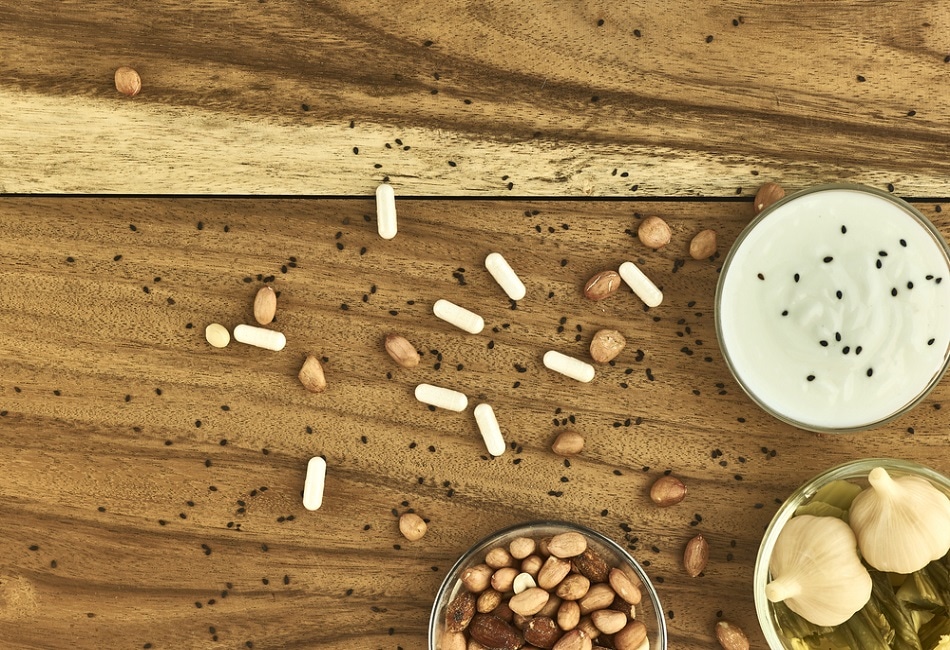Jul 24 2017
Probiotics, being live microbes, wield many advantageous health effects on the host cells. Such probiotics are commercially available as foods, dietary supplements and pharmaceutical formulations.
 Deemwave/ Shutterstock.com
Deemwave/ Shutterstock.com
Activia yogurt, Yakult, DanActive fermented milk give health benefits like improving the immune system, treating digestive problems, neurological disorders, mental illness and cancer, etc. However, the use of probiotic bacteria to create metallic nanoparticles (MNPs) constitutes new research currently. Research inputs and patent reports according to an article published in the journal Recent Patents on Drug Delivery and Formulation emphasize their potential in the field of pharmaceuticals, medicine, cosme and biotechnology as well.
Our review findings reinstate the potential of probiotic bacteria to produce MNPs. Patents (US, EP and WIPO patents) during 2009-2016 reaffirm the research and inspire the scientific community worldwide for future exploration.
Prof. Kamla Pathak, the corresponding Author
This is the first review article in this aspect that methodically tracks the intellectual characteristics of applications and synthesis of MNPs by probiotic bacteria.
Our study details the interventions on which research on MNPs is on. Gold, silver, magnetic, selenium, iron oxide, magnetic-optical iron oxide-gold core-shell, magnesium oxide, copper oxide, aluminum oxide, titanium dioxide, zinc oxide nanoparticles have applications ranging from their usage in analytical methodologies to treat and diagnose diseases.
Prof. Kamla Pathak, the corresponding Author
Specifically, gold NPs are recommended for drug delivery and treating lymphocytic leukemia; zinc oxide NPs as antifungal, anti-corrosive and as an additive in food products such as breakfast cereals; and copper and silver NPs for antimicrobial activity. According to the Author's report, these NPs need to be additionally investigated as no patent to date was found on them based on their biosynthesis.
This research paper by Dr. Nida Akhtar et al has been published in Recent Patents on Drug Delivery & Formulation, Volume 11, Issue 1, 2017.